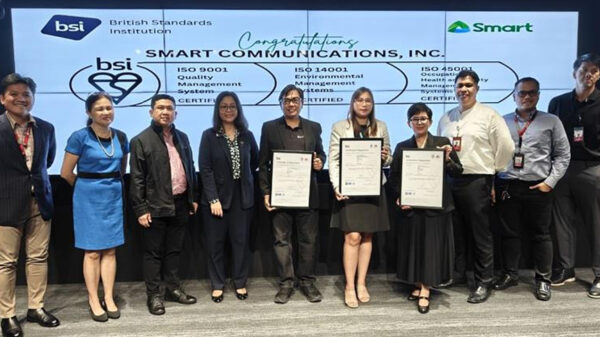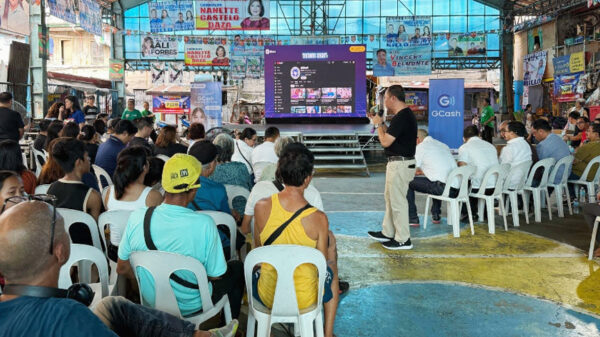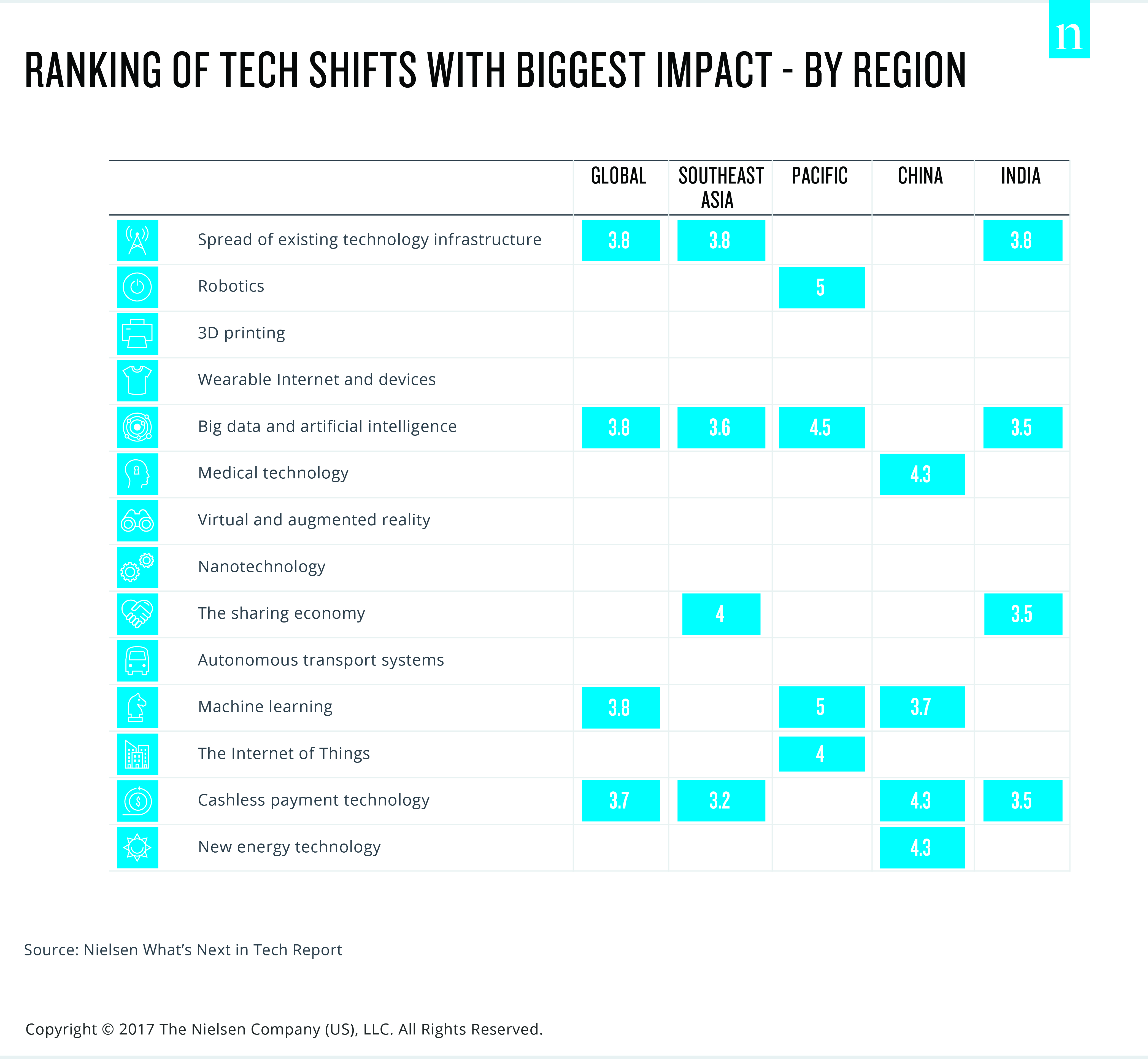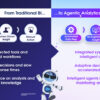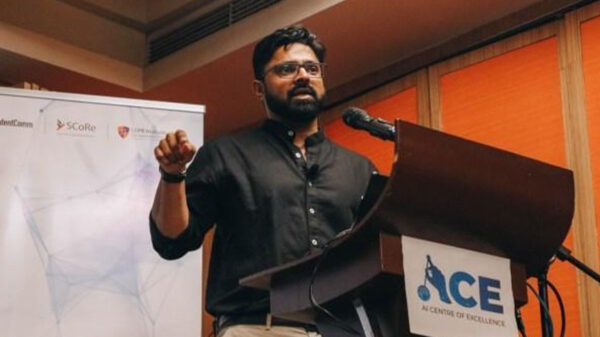While the spread and influence of technology over the next five years will be a key driver of change across the globe, the magnitude of technology’s impact on local markets varies significantly especially for a region as diverse as Southeast Asia. In fact, only four out of 14 identified technology shifts are expected as “game changers” in this region where both growth and emerging markets exist, according to a new report by performance management company, Nielsen.
In the What’s Next in Tech report, a panel of nearly 50 Nielsen experts from across its business were asked to rank the impact that each of the identified 14 technological shifts might have in their region and pinpoint the potential outcomes these technologies could have across the consumer, retail and supplier landscape (see Chart 1).
According to the experts, the four technology shifts that will have significant impact in Southeast Asia in the next five years are:
The Sharing Economy: These include platforms that leverage technology to connect private buyers and sellers in non-traditional ways. They provide individuals an online “marketplace” that links small pockets of supply and demand in over increasingly broader geographic areas. Examples include online platforms for short-term accommodation rentals, peer-to-peer financial lending, crowdsourcing, car sharing, and general trade.
Spread of Existing Technology and Infrastructure: This involves the scaling up and utility of existing technologies that are already mainstream in much of the world. Two key examples are the Internet and related improvements (bandwidth and speed), and the growing penetration of mobile and smartphone subscriptions and products, including apps. The scaling up of these technologies is rapidly unlocking banking and e-commerce services and creating deeper consumer engagement with products and brands. Consumer adoption of smartphones is quickly changing their consumption of media content and advertising to be more personal and available than ever before.
Big Data and Artificial Intelligence: This shift includes technologies that are gathering and processing increasingly huge amounts of data to enhance macro-scale or big system management. Rapidly improving computer processing and memory capability are now enabling governments to have real-time insights on traffic flows, energy use, and pollution, among others. Some multinationals are looking toward big data and artificial intelligence technologies to better understand consumer behavior, enhance logistics, and for financial trading.
Cashless Payment: These technologies provide non-cash payment solutions such as “swipe and pay” retail purchases, the non-cash currency and payment system of Bitcoin, and highly secure “blockchain” databases for business and international transactions.
“Technology doesn’t necessarily mean seismic changes and homogenous results. A technology trumpeted as a game changer, may, in reality, take root only in mature markets or may take beyond five years to take off in some markets. This is especially true for Southeast Asia where we have markets dominated by rural unconnected populations on the one hand and urban consumers who are the most connected in the world on the other,” states Regan Leggett, Executive Director for Thought Leadership and Foresight in Nielsen’s Growth and Emerging Markets. “By recognizing and understanding these shifts, retailers and consumer-facing brands can anticipate future need-states and shape their strategy to tap into the opportunities that unfold in the years ahead.”
The report further illustrated real world outcomes for consumers, retailers, and consumer-facing brands. Over the next five years, the major consumer outcome of these top technology shifts in Southeast Asia will be the rise of programmatic consumption. With urban Southeast Asian consumers being some of the most connected in the world and highly reliant on personal devices, it is likely that these consumers will be more open to programmatic consumption, either in-store or via in-home systems connected with automatic ordering.
“Consumers living the on-the-go lifestyle will appreciate the simplicity and time-saving benefits that programmatic consumption provides,” explains Leggett. “Many consumers will just accept recommendations on everything from where to eat, what to wear, what to watch and where to vacation from smartphones and other devices based on their own behavioral data.”
A likely outcome for retailers will be in-store connection to devices. In this scenario, retailers will be able to connect and communicate with consumers in store, automatically connecting via devices to loyalty data offering customized experiences and offers in real-time.
For consumer-facing brands, a likely outcome in Southeast Asia will be brand building technology. In this scenario, brands will capitalize on the digital environment created by virtual and augmented reality to connect with consumers in new and exciting ways.
“Imagine a shoe store where consumers can design and visualize their own running shoes through virtual and augmented reality then upload and print using 3D printers,” says Leggett.
The other technology shifts identified in the report are: machine learning and decision making; robotics, drones and automated services; the Internet of Things (IOT) and connected homes and cities; new energy technologies (renewable, efficient, cheap); autonomous transport systems; wearable internet devices; virtual and augmented reality; 3D printing (consumer, medical, and manufacturing); medical technologies (i.e. implantable, replacement, DNA); and nanotechnology and smart materials.



